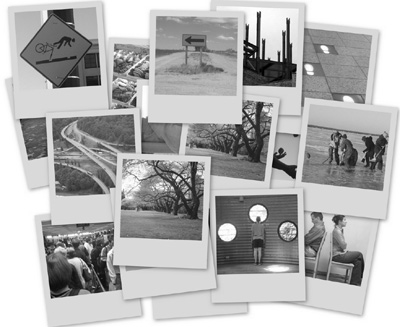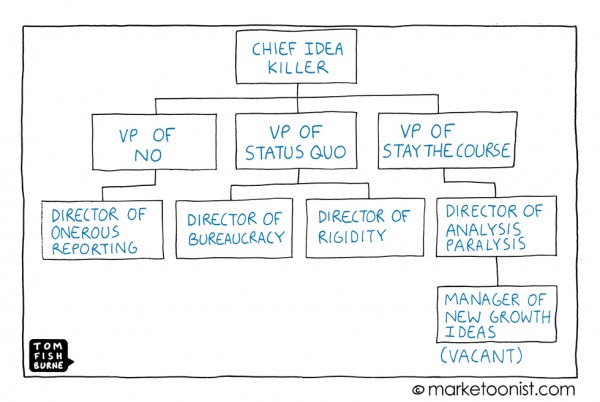Thoughts on 7 days without power
Here’s my notes from the past week’s power outage experience:
- For all the fears and whining, I thought often, even when cold and tired, that this experience was a cakewalk as disasters go: 1.7 million without power for a few days is a trifle of suffering compared to any recent tsunami, hurricane, volcano, genocide or revolution. You can switch power back on. Frustrating yes. Devistating, no. It seemed Seattle lost sight of this: we’re babies. This was no New Orleans or Darfur.
- First two days were scary: no gas, no wood, no ice, no stores open. It’s unsettling when the magic trucks that bring sustenance stop coming: it’s a smack in the face reminding us how dependent on distant forces modern lives are. By Saturday stores opened (though wood and gas were gone) – Home Depot proved the best source of firewood, as even if out of bundles, you could buy 2x4s.
- KIRO 710 AM Radio was fantastic – They provided 24 hour coverage for 4 days straight, replacing talk radio with storm reports, live interviews with officials and powerco reps, and call ins with people giving tips and advice on where to find gas, wood, etc. It was an awesome resource, and they provided a great public service: heroes of the experience.
- The worst of people. KIRO reported every 10 minutes on the 100s of thousands of folks without power, but that didn’t stop angry callers from claiming how they had been abandoned – crisis makes some people very small and selfish: it was depressing to listen to – suffering doesn’t require having someone to blame.
- On the other hand, we met many generous neighbors who volunteered time to clear the 100ft tree from our driveway with gas chainsaws, and offer wood and gas.
- My sleep cycle improved. With no electric lights I easily woke at first light, and went to bed earlier than usual. Jill made the connection and it makes sense: all the computer and TVs screens are likely contributors to my periodic insomnia.
- I did not miss TV or e-mail. We charged cell phones in the car and that was as high tech as I got. Later on I’d try to write in coffee shops, but mostly failed.
- It took 2 days to work out the daily chores: starting the morning fire, making breakfast, dousing the fire, walking the dogs, negotiating who would be home by 4pm to start the fire up again (so the room would be warm by 7ish). Once we had the system it wasn’t that hard.
- There is an art to fireplace cooking: it’s harder than camping as there is a shallow roof over the fire, and we didn’t have grills for the fireplace. The secret is you can’t warm the room and cook: if you cook, you want even temp, if you want heat, you want big flames (I know – duh – but it took me 2 days to sort it out). We tried charcoal in the grill and it worked fine, but log ambers worked just as well. Like camping, lots of soups, chilis, and tin foil wrapped knishes made up many meals.
- Food was easier in the cold – first few nights were ~30 degrees, so we could keep food from the fridge on the deck. But it warmed up later and we had to trash much of the food. We tried to make ice one night (for the fridge & freezer), leaving out small water filled containers, but it didn’t quite get cold enough.
Lessons:
- A pre-storm trip to the store would have done wonders. Refreshing batteries, wood, toping off gas tanks, etc. would have made this much less stressful.
- Neighbors matter. Oddly we met more neighbors through this experience than in 7 years of living in this neighborhood (little else forces seattle-ites out of their homes). Pooling resources and skills makes life much easier in a near crisis (duh, but I’d forgotten).
- Gadgets are over-rated. I knew this already but had it proven – all I needed was an AM radio, fire and some books and I was happy. With the extra work I needed less entertainment, not more, and was happy just to sit and listen or read.
- I have no idea how power works. I spent more time staring at the various electronic bits hanging destroyed from trees and wondered what they all did. What does a transformer do exactly, and why are power lines above ground, not below? I have no clue. I’m trying to find a book on power grids and how they work, suggestions welcome.









 I’ve seen my share of office pranks: filling an office
I’ve seen my share of office pranks: filling an office  Although this list isn’t in a web friendly top ten format, it’s certainly interesting to see what the folks at Time ranked as the
Although this list isn’t in a web friendly top ten format, it’s certainly interesting to see what the folks at Time ranked as the 


